The world of reptiles is full of mysteries, especially those found on deserted islands. These islands often harbor unique species, evolving separately from mainland counterparts. Let’s explore some cryptic reptiles inhabiting these isolated paradises. Each species showcases fascinating adaptations, making them truly remarkable.
Tuatara
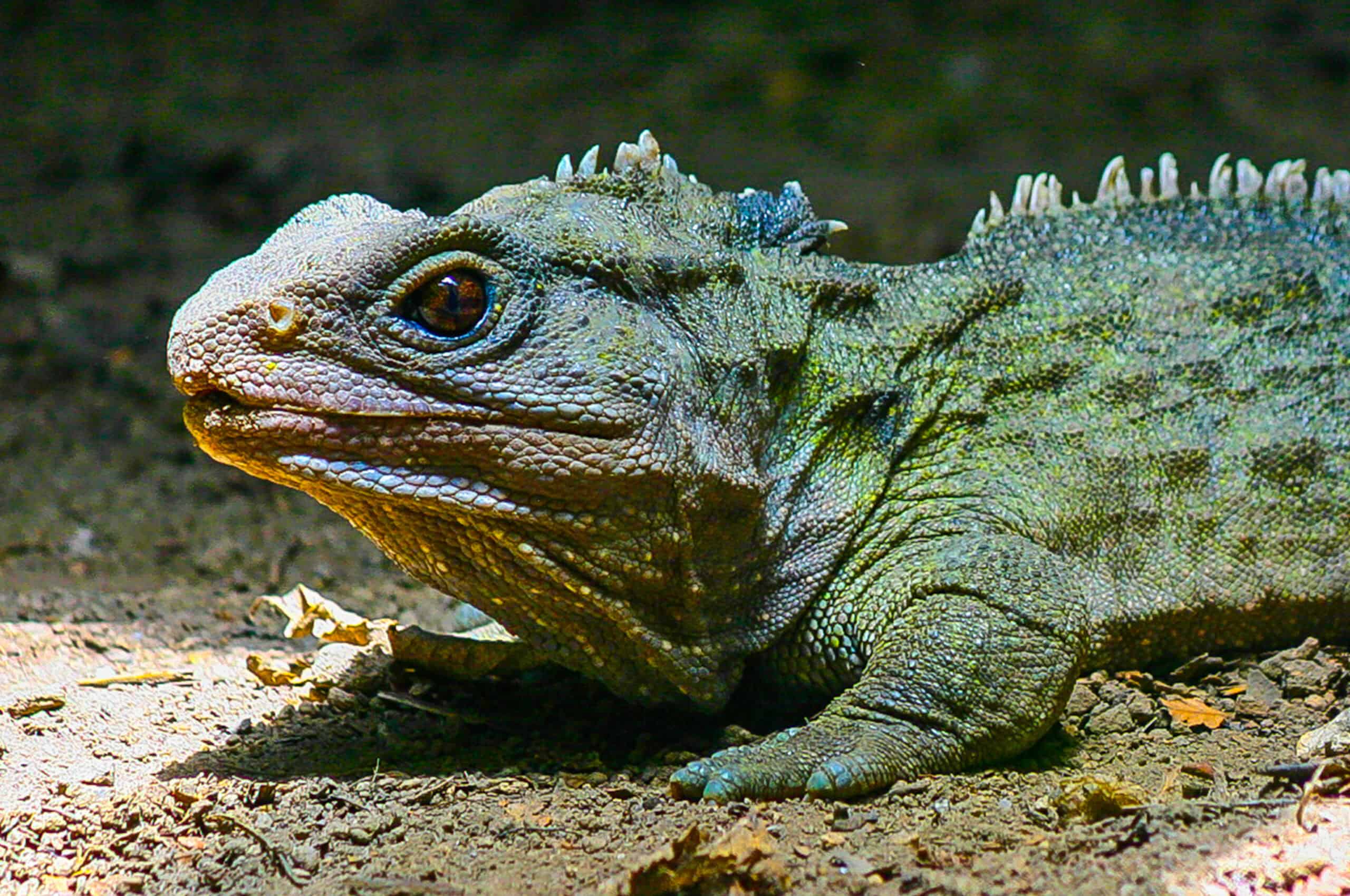
The Tuatara, native to New Zealand’s remote islands, resembles a lizard but belongs to its own order. It sports a spiny crest running down its back and a third eye on its head. This species thrives in the island’s cool, damp environments. Its ability to stay hidden in leaf litter and rocks makes it elusive. The Tuatara’s slow metabolism and long lifespan of over a century are notable features.
Komodo Dragon
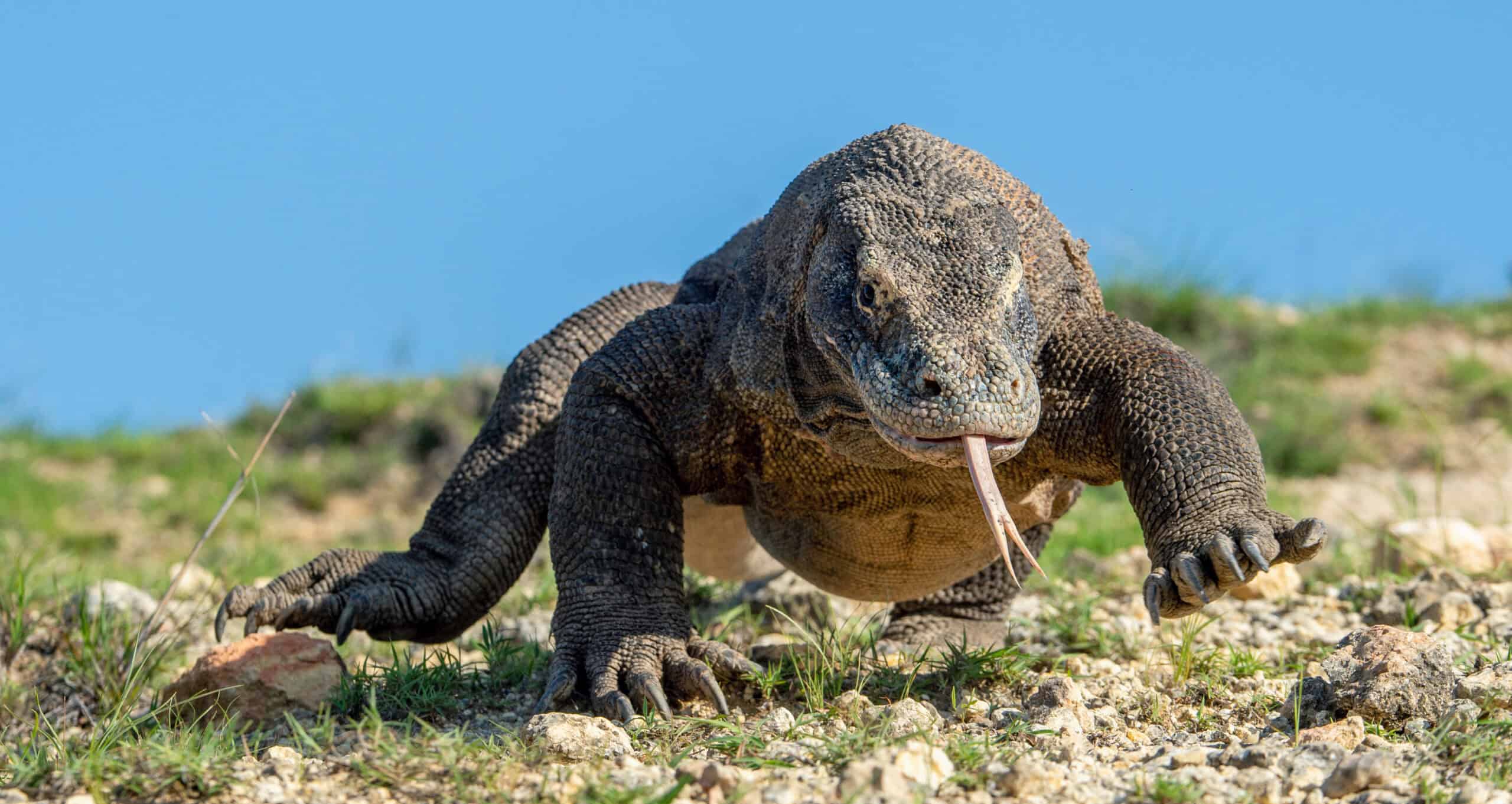
Komodo Dragons are the largest lizards, found only on the Komodo, Rinca, Flores, and Gili Motang islands in Indonesia. They possess a robust, scaled body with a powerful bite. These dragons blend into their arid surroundings with their rough, textured skin. Their long, forked tongues help detect prey from afar. This apex predator uses stealth to ambush its prey effectively.
Galápagos Tortoise
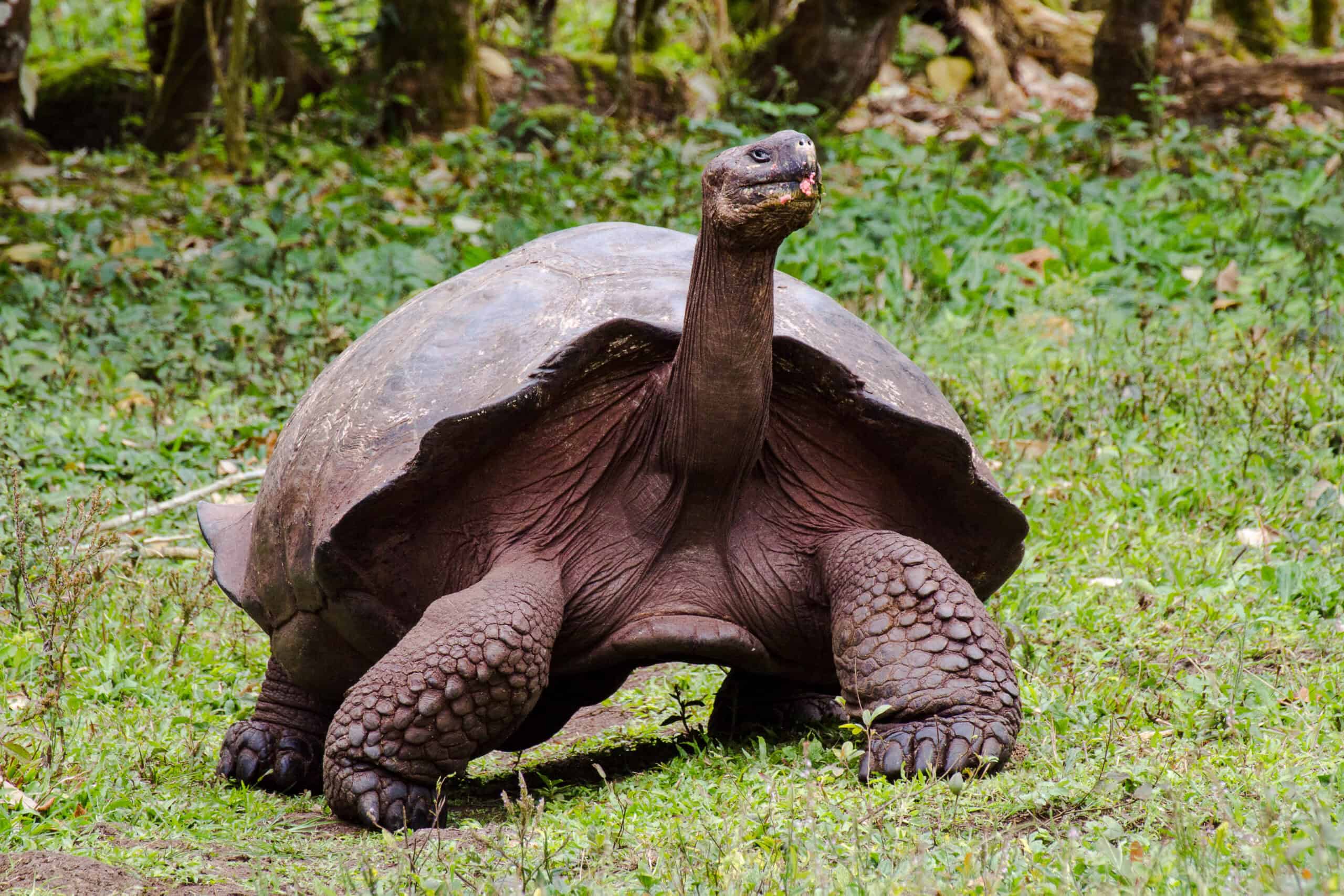
The Galápagos Tortoise lives exclusively on the Galápagos Islands. It has a massive, dome-shaped shell that offers protection. This tortoise’s slow movements and large size make it well-suited for island life. Its shell’s shape varies by island, reflecting its adaptability. The Galápagos Tortoise’s diet primarily consists of vegetation found on the islands.
Fiji Banded Iguana
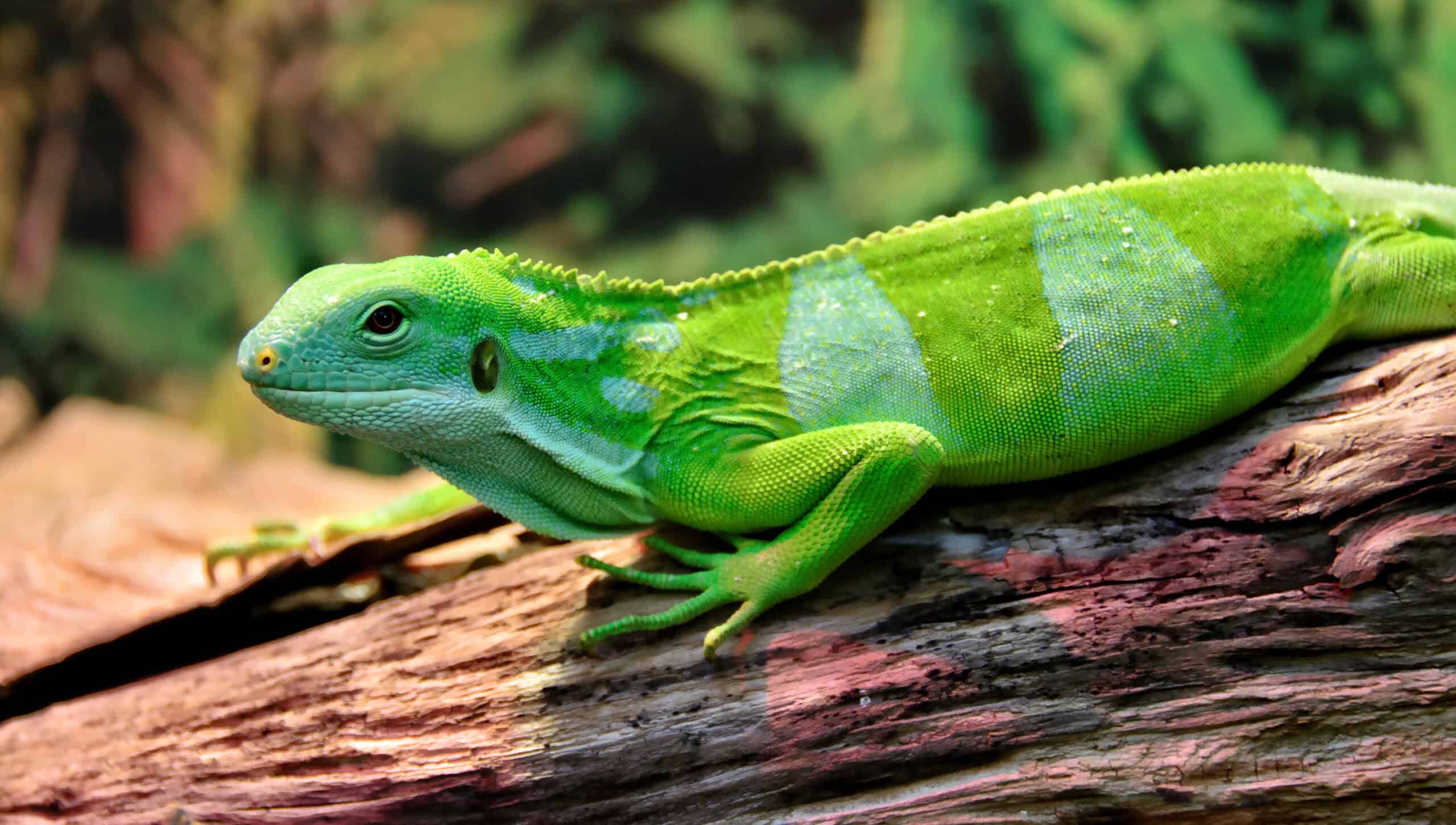
Native to the Fijian islands, the Fiji Banded Iguana is vibrant, adorned with bright bands of color. Its striking appearance helps it blend into the foliage. This iguana prefers the dense rainforest habitat of its island home. Its diet includes fruits, flowers, and insects. Its vivid colors serve both as camouflage and a deterrent to predators.
New Caledonian Giant Gecko
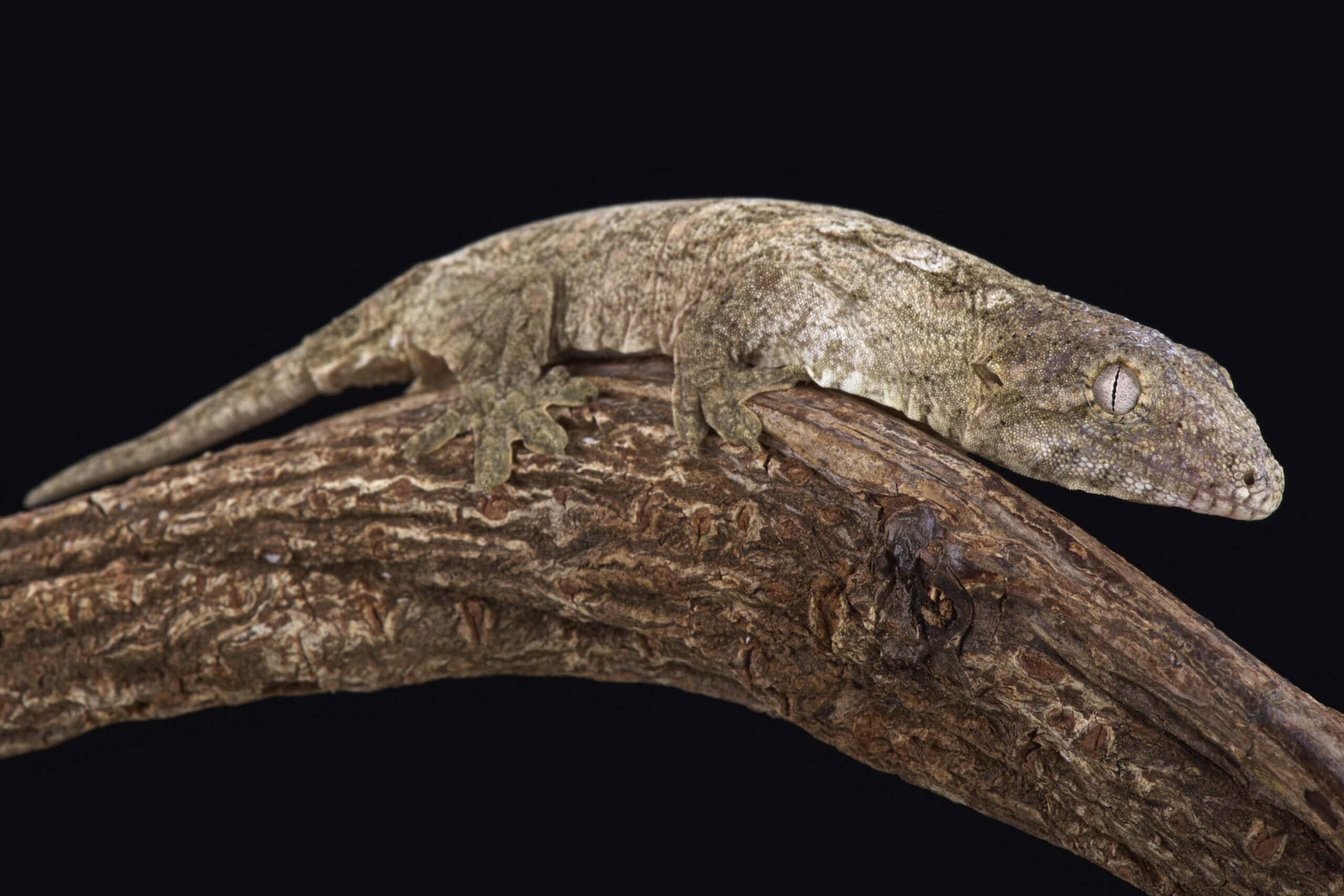
The New Caledonian Giant Gecko is found on the islands of New Caledonia. Its large size and rough, textured skin aid in camouflage against tree bark. This nocturnal reptile has a distinctive, mottled coloration. Its ability to remain hidden during the day helps it avoid predators. The giant gecko’s diet consists of insects and small vertebrates.
Boelen’s Python
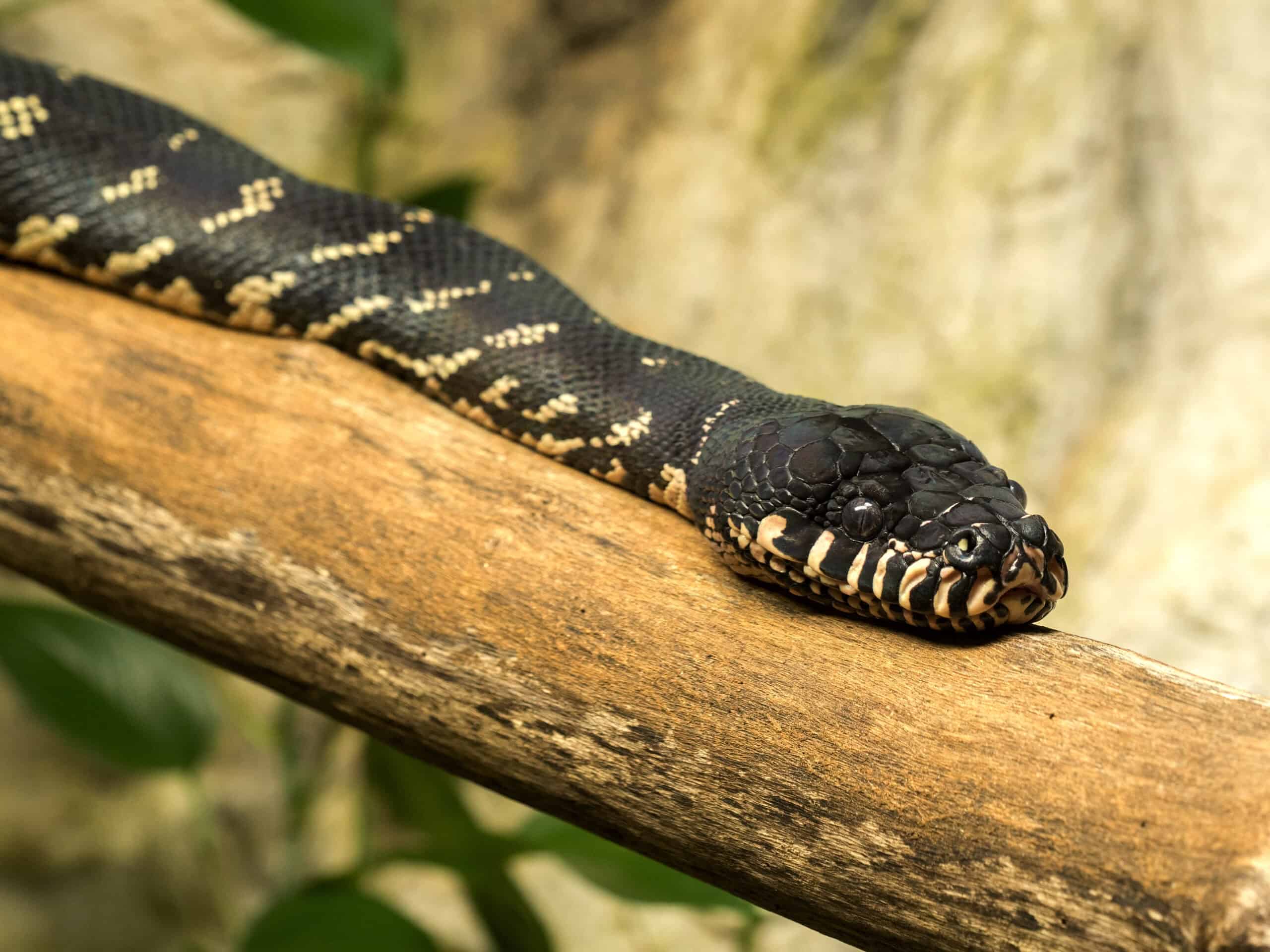
Boelen’s python is a rare and enigmatic snake found in the mountainous regions of New Guinea. These pythons have glossy black scales with iridescent hues, giving them a striking appearance. They can grow up to 10 feet long, preying on small mammals and birds. Boelen’s pythons are primarily arboreal, using their strong bodies to navigate trees. Their reclusive nature makes them difficult to study in the wild. These pythons have a calm temperament, making them popular in the exotic pet trade.
Aldabra Giant Tortoise
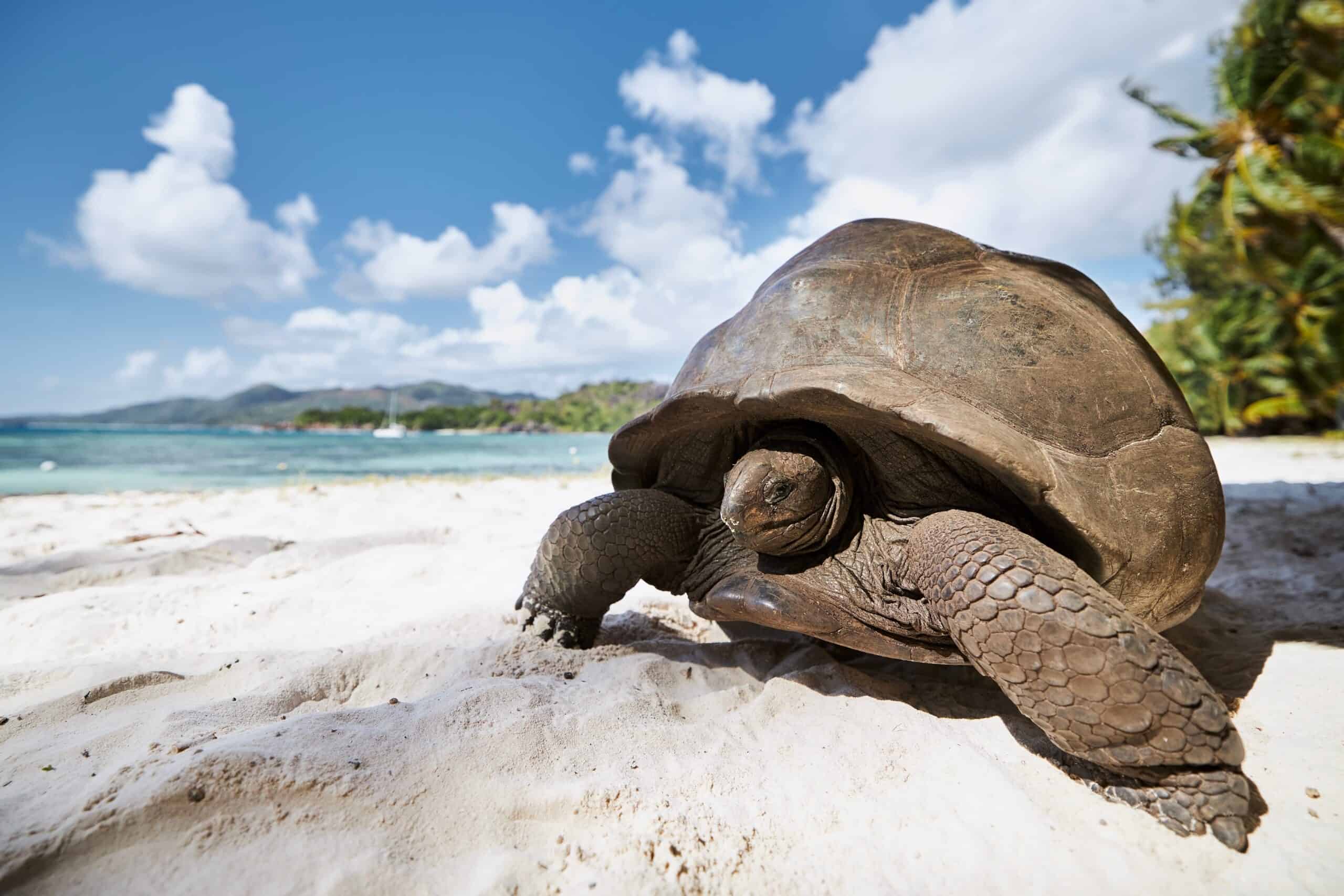
The Aldabra Giant Tortoise is found on Aldabra Atoll in the Seychelles. It is one of the largest tortoises, with a massive, domed shell. This tortoise’s slow movements and long lifespan are adapted to island life. Its shell’s design helps it conserve water. The Aldabra Giant Tortoise primarily feeds on grasses and leaves.
Lesser Antillean Iguana
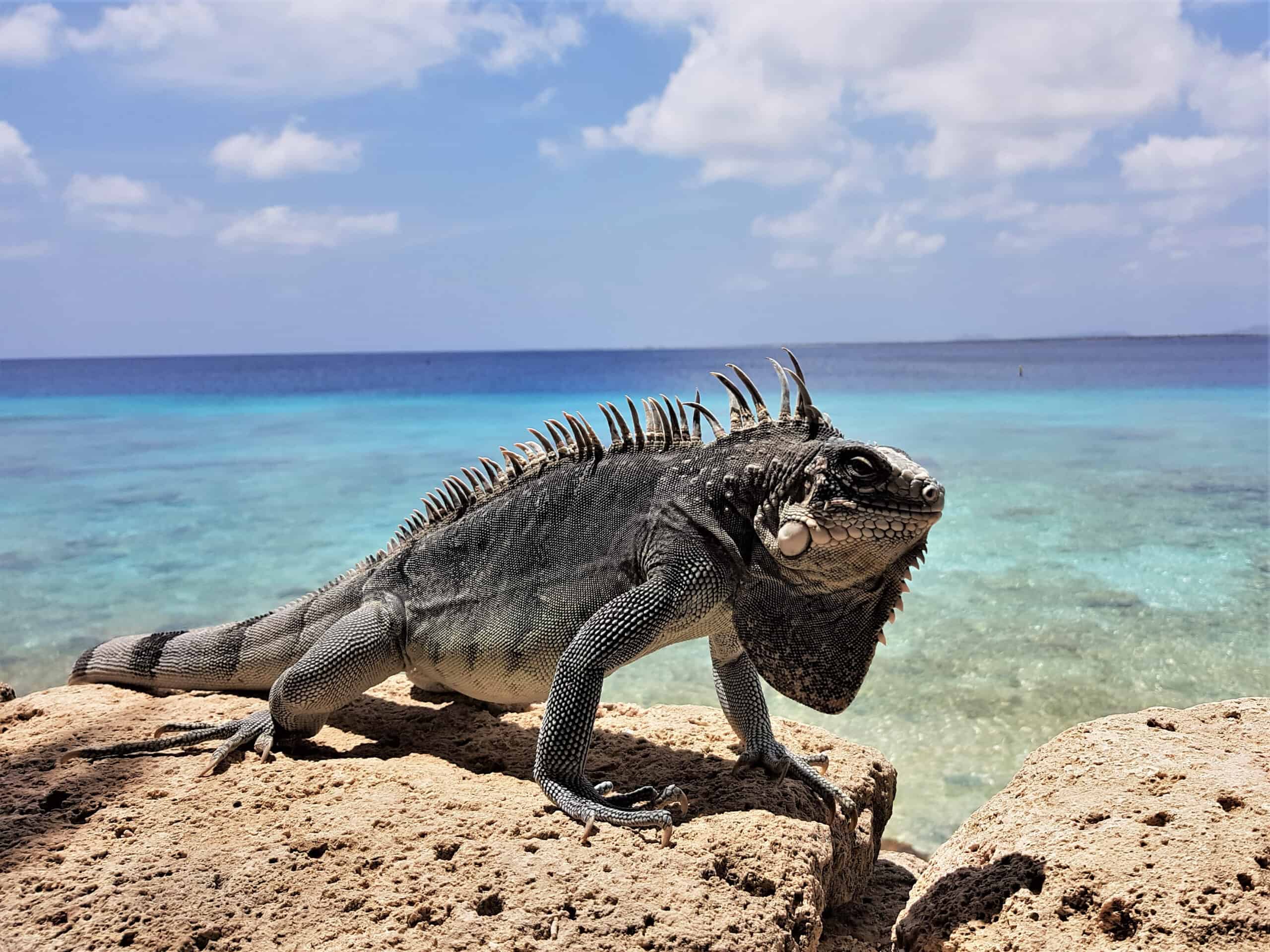
This iguana is native to the Lesser Antilles, living on various Caribbean islands. It features a greenish-gray body with subtle patterns that blend with the island’s vegetation. The Lesser Antillean Iguana is adept at climbing and hiding among the trees. Its diet includes fruits, flowers, and insects. The iguana’s coloration aids in avoiding detection by predators.
Anegada Ground Iguana
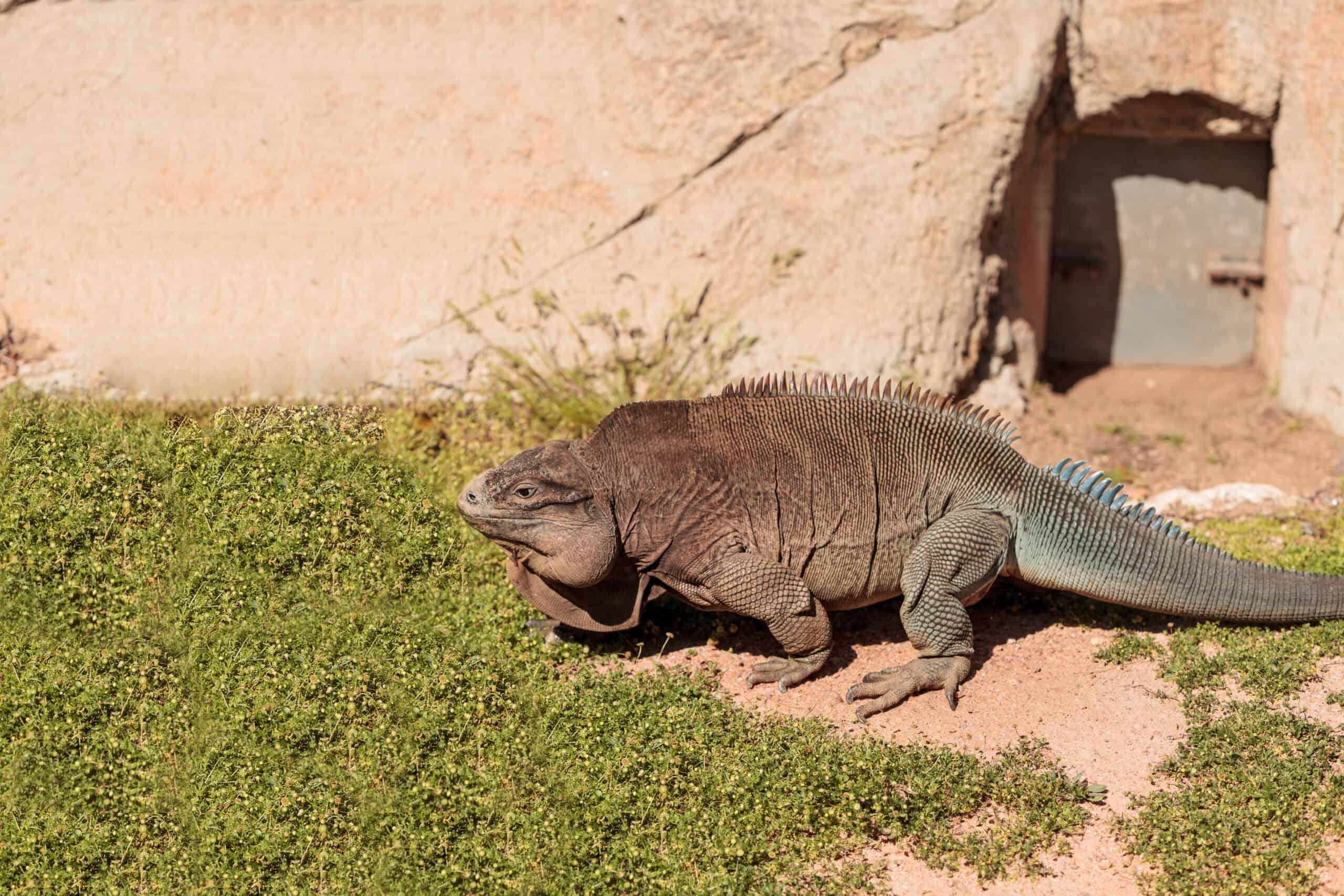
The Anegada Ground Iguana is endemic to Anegada Island in the British Virgin Islands. It has a robust, stocky build with a dull, earthy color that blends with its surroundings. This iguana prefers ground-dwelling habitats, making it less visible. It feeds on a variety of plants and occasionally insects. Its ability to remain hidden helps it evade predators.
Jamaican Iguana
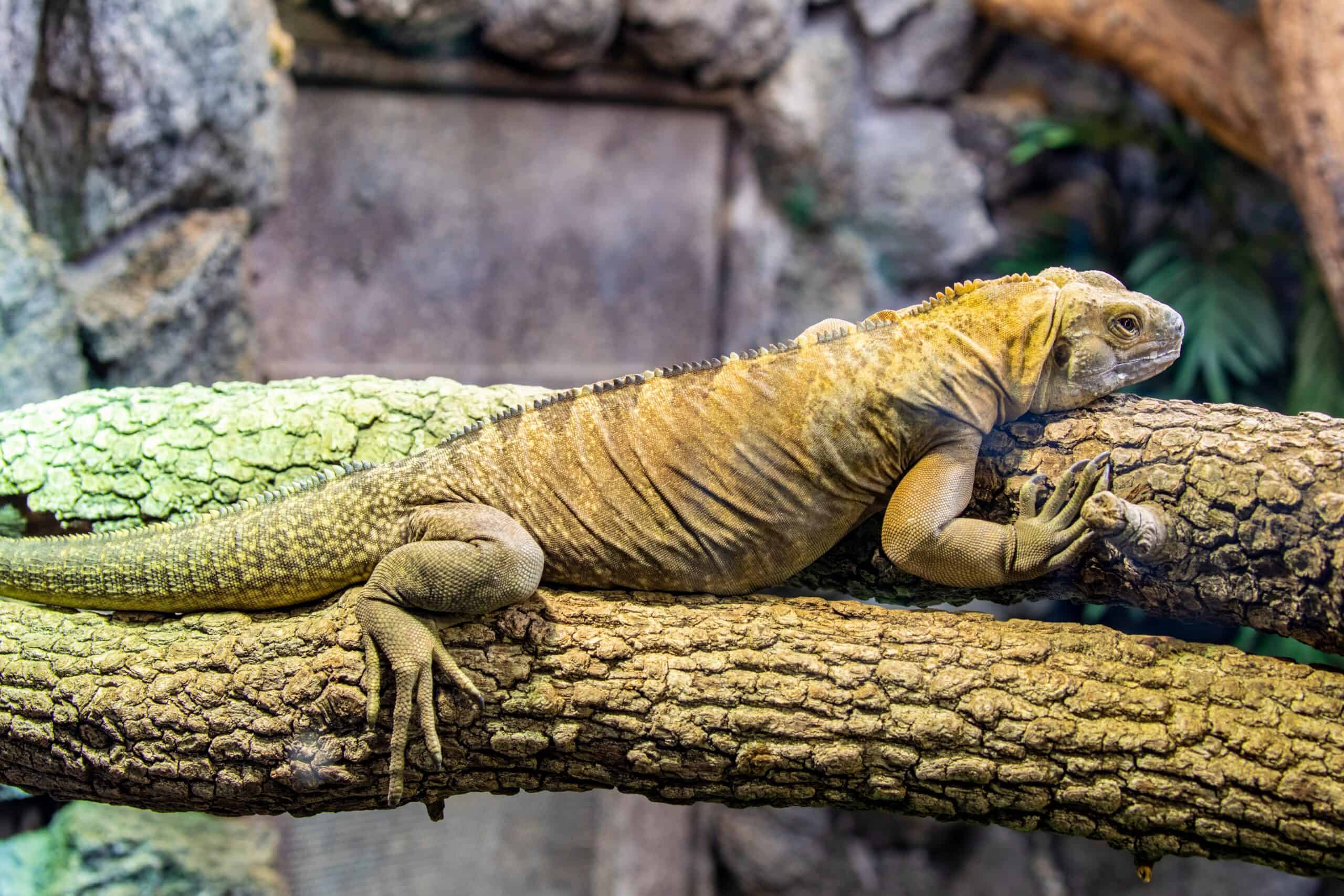
The Jamaican Iguana is native to the island of Jamaica. It features a predominantly green body with a distinctive, spiny crest. This iguana blends well with the island’s vegetation, making it hard to spot. It prefers the island’s dense forests and rocky outcrops for hiding. Its diet consists of leaves, fruits, and flowers, which it finds among the foliage.
Blue Iguana
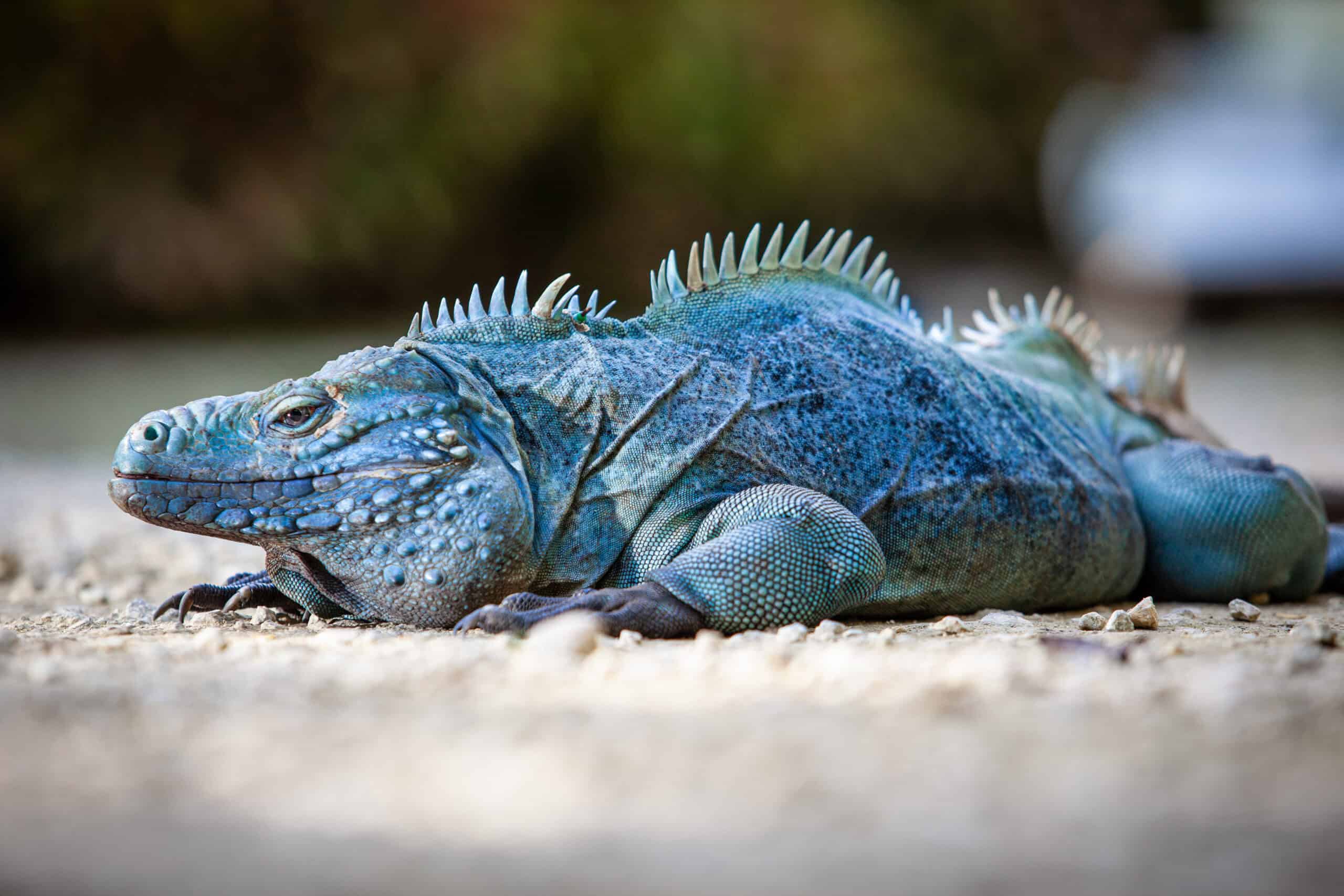
Endemic to the Grand Cayman Island, the Blue Iguana is notable for its vibrant blue-gray skin. This coloration helps it blend into the island’s rocky terrain and sparse vegetation. It is one of the largest lizards in the Caribbean, with a robust body built for climbing and sunbathing. The Blue Iguana’s diet includes a variety of plants and fruits. Its coloration and size aid in its camouflage and survival.
Mona Ground Iguana
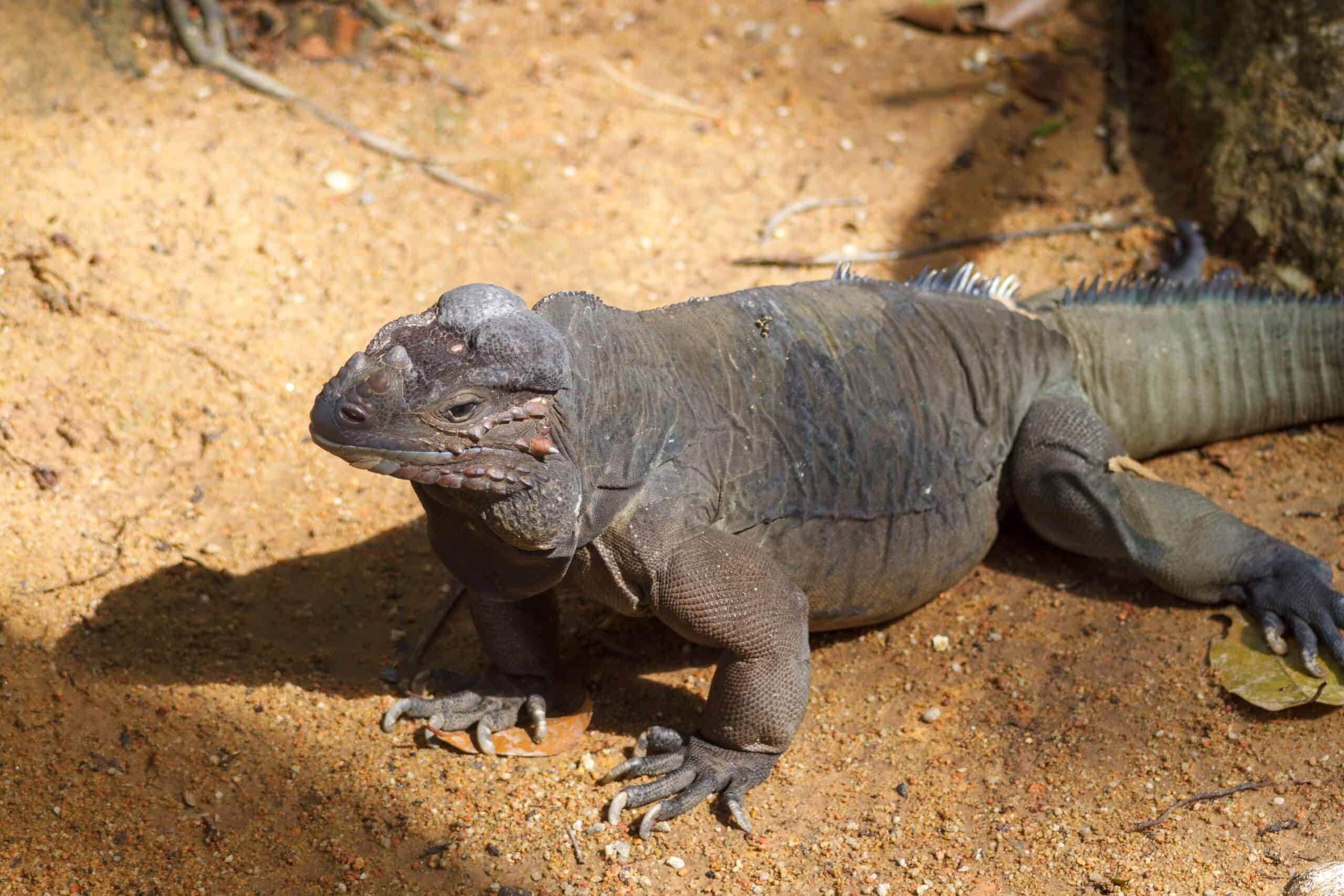
Native to Mona Island in the Caribbean, the Mona Ground Iguana has a stout body and muted colors. Its brownish-gray skin helps it blend into the island’s dry, rocky terrain. This iguana is ground-dwelling and prefers hiding in burrows or under rocks. Its diet consists mainly of plants and fruits found on the island. Its camouflage and behavior are key to avoiding detection.
Fijian Crested Iguana
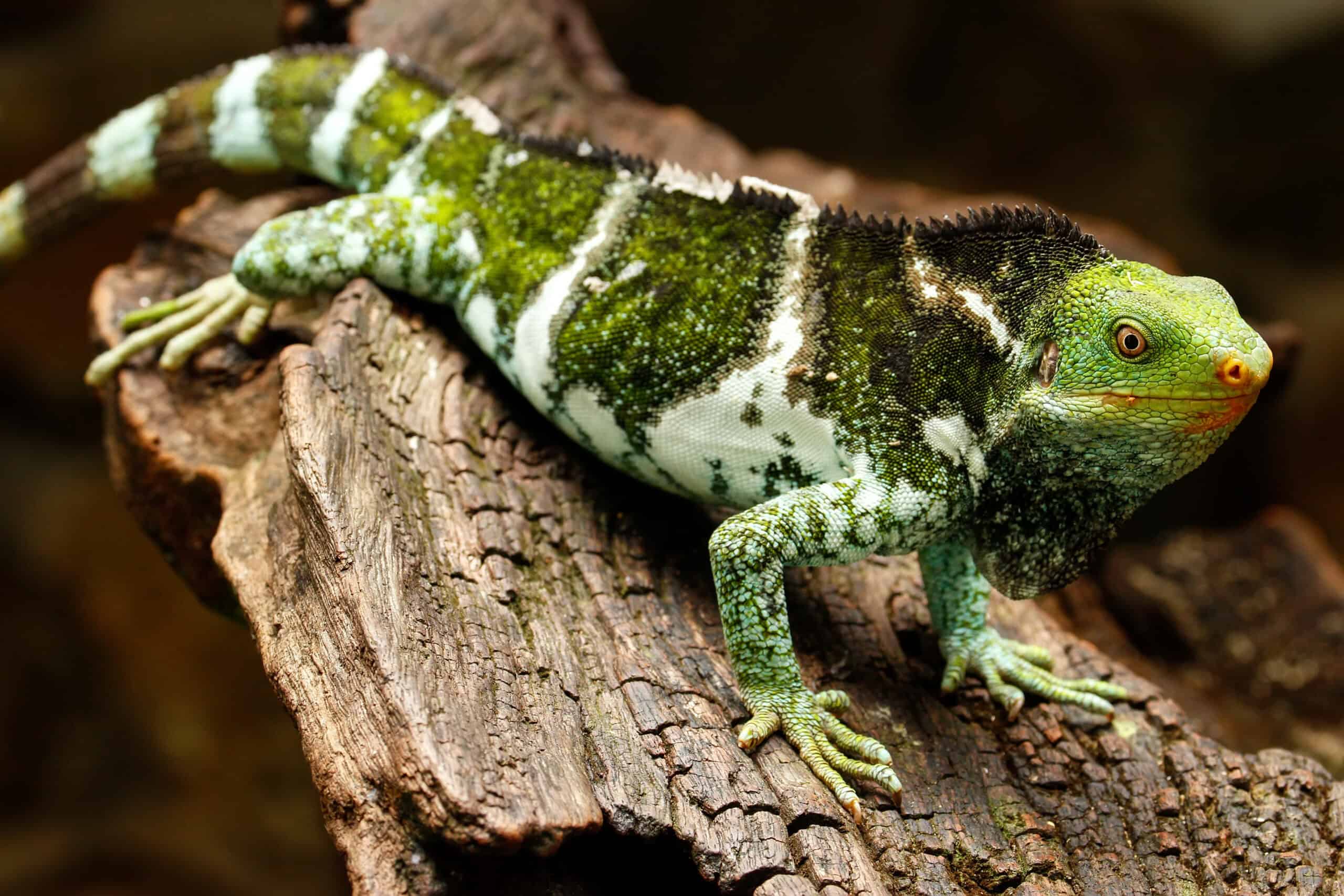
The Fijian Crested Iguana lives on the islands of Fiji and is known for its striking appearance. Its bright green and blue scales help it blend into the dense, tropical foliage. The iguana’s crest runs along its back, adding to its distinctive look. It feeds on fruits, flowers, and leaves, which are abundant in its rainforest habitat. Its vibrant colors are essential for blending in with its surroundings.
San Salvador Rock Iguana
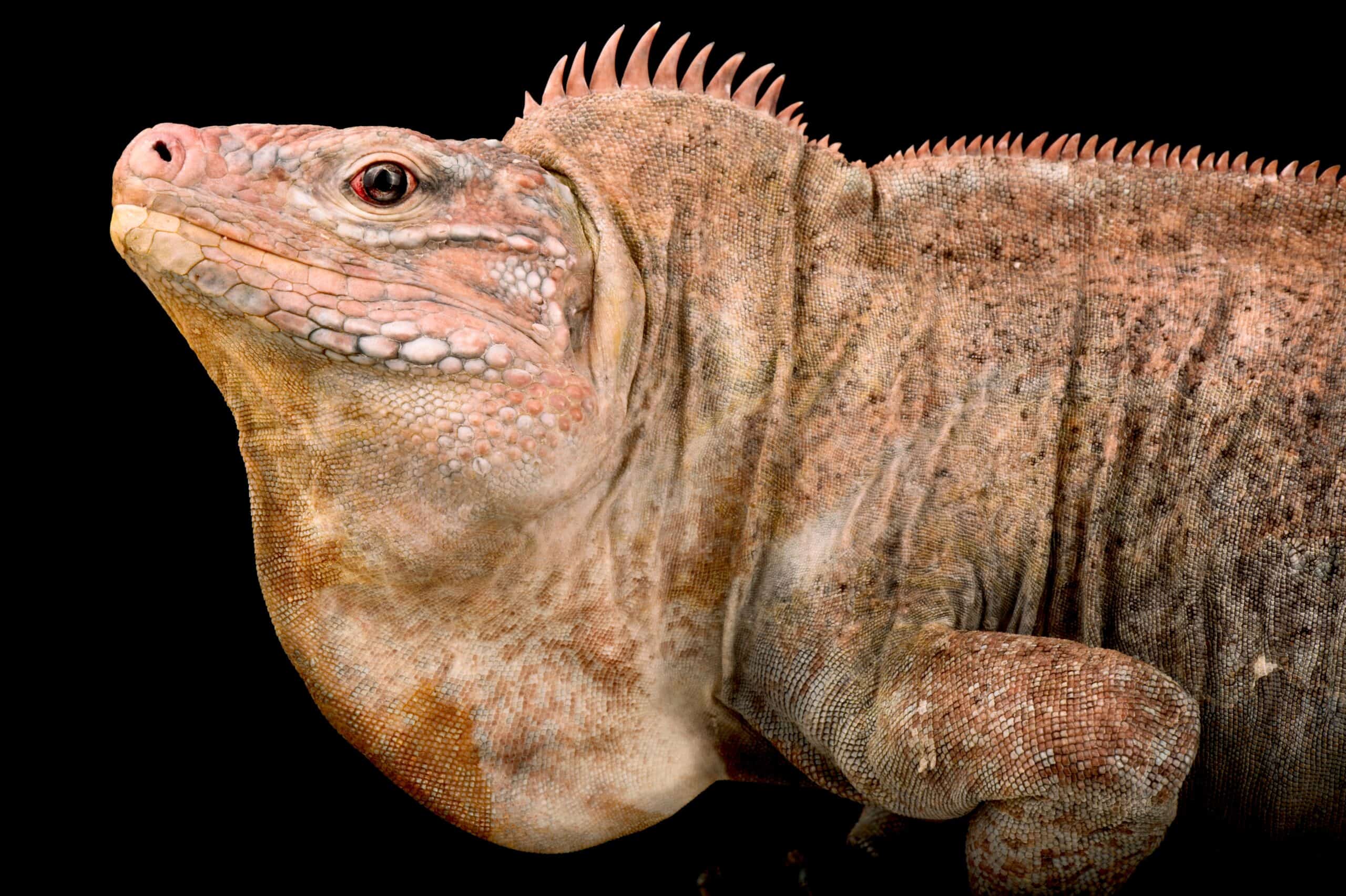
The San Salvador Rock Iguana is found on San Salvador Island in the Bahamas. Its dark, mottled skin helps it blend into the rocky coastal environment. This iguana prefers basking on sunlit rocks and hiding in crevices. It feeds on a variety of plant material, including fruits and leaves. Its camouflage and rock-dwelling habits assist in its survival.
This article originally appeared on Rarest.org.
More from Rarest.org
9 Endangered Marine Mammals to Save from Extinction
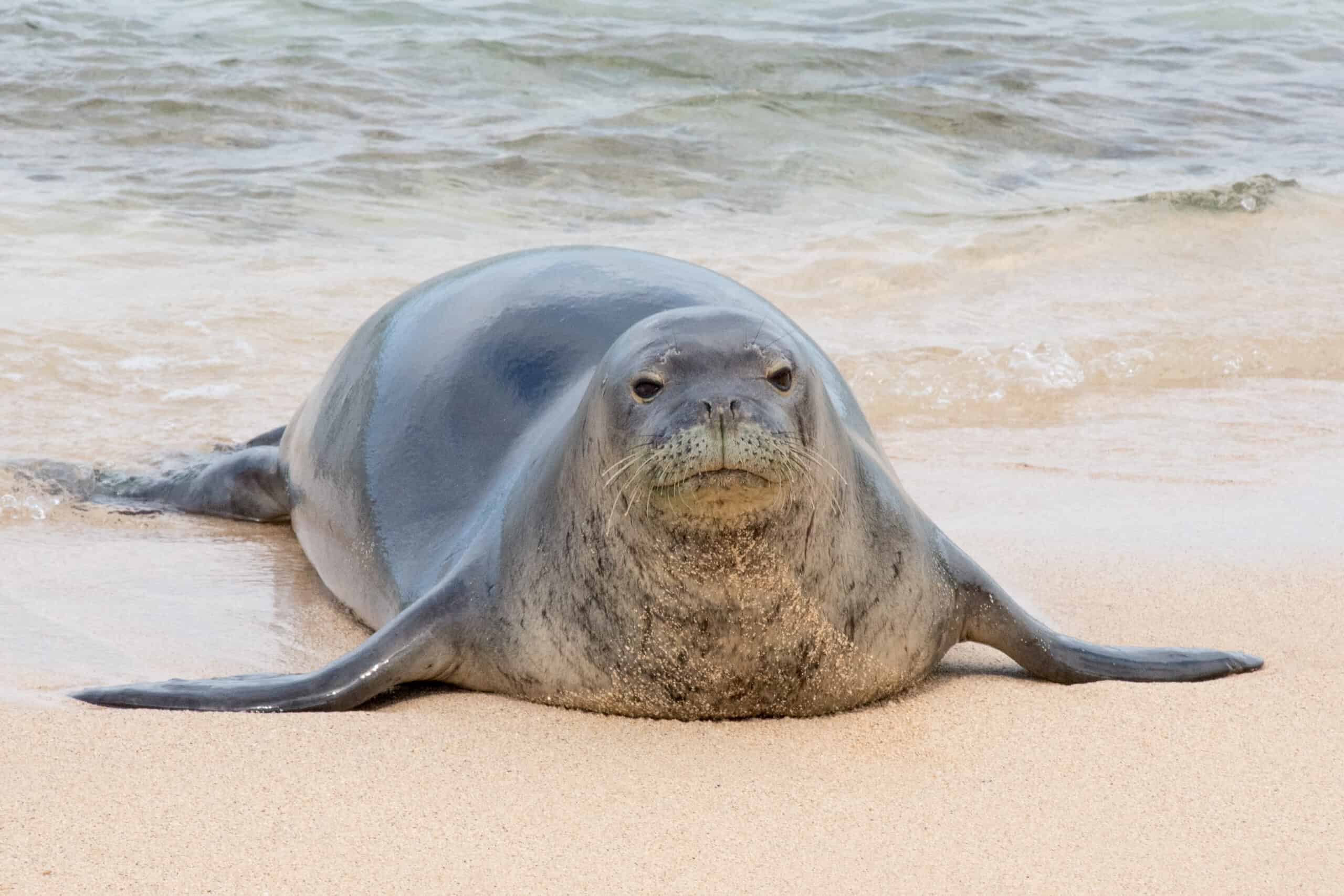
Marine mammals face numerous threats in today’s oceans. From pollution to habitat loss, their populations are dwindling at alarming rates. Read More.
14 Rare Snake Species You Might Never See
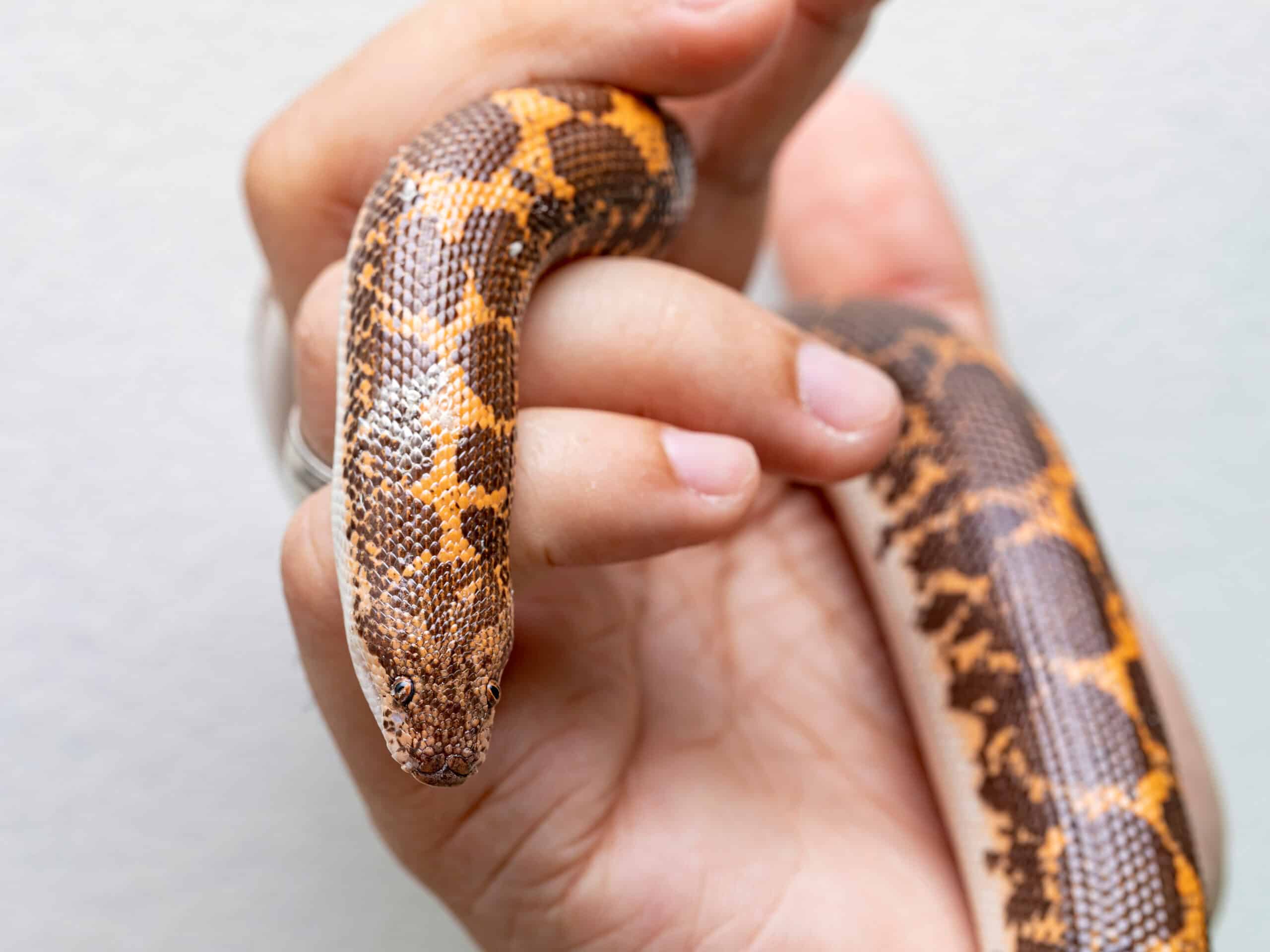
Snakes are fascinating creatures, with some species being extremely hard to find. These rare snakes exhibit unique characteristics and often have very limited populations. Read More.
12 Most Valuable Shelby Cars in Existence

Shelby cars are legendary. They are symbols of speed, power, and American automotive ingenuity. Each model on this list has its own story, unique features, and incredible value. Read More.
